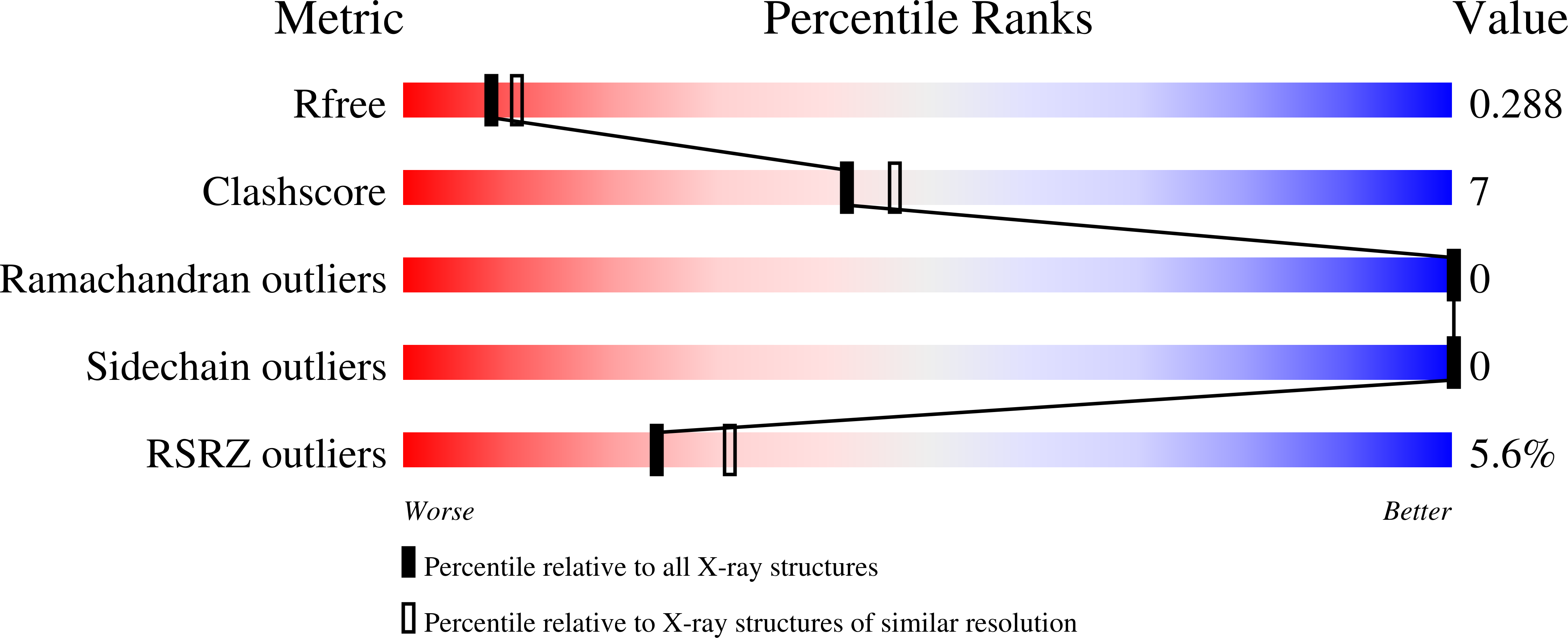
Deposition Date
2022-11-14
Release Date
2023-06-07
Last Version Date
2024-04-03
Entry Detail
PDB ID:
8F5D
Keywords:
Title:
Architecture of the MurE-MurF ligase bacterial cell wall biosynthesis complex
Biological Source:
Source Organism:
Bordetella pertussis 18323 (Taxon ID: 568706)
Host Organism:
Method Details:
Experimental Method:
Resolution:
2.56 Å
R-Value Free:
0.29
R-Value Work:
0.24
R-Value Observed:
0.25
Space Group:
I 2 2 2


